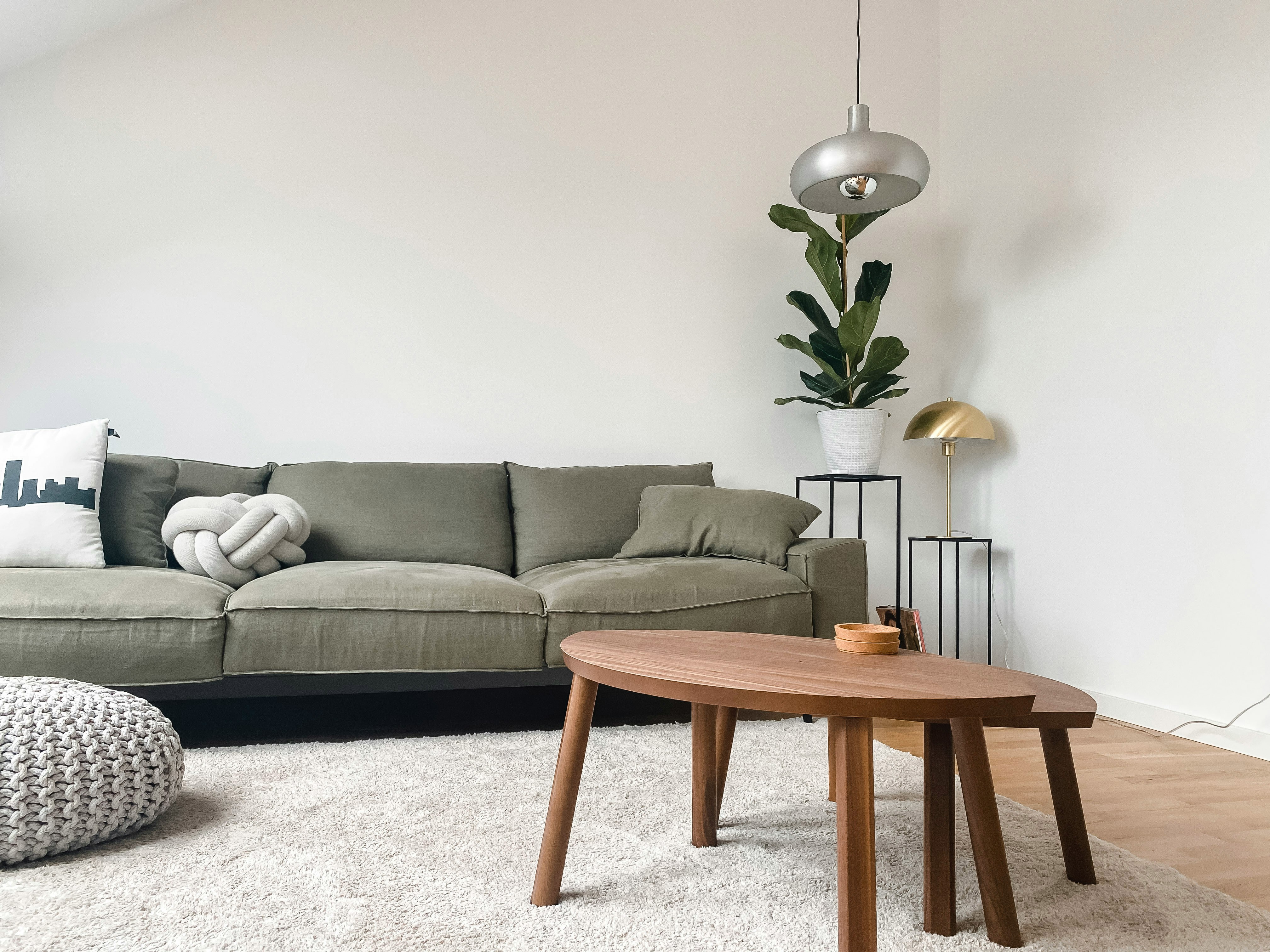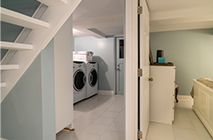
Insects and Bugs in the Living Room
The living room can play host to a number of different activities and, as a result, can also play host to a number of different bugs. A popular family gathering spot, there are ample opportunities for pests to gain entry and a number of reasons for them to stay once they get situated in the living room.
Living Room Bugs Identification

Ants and Flies in the Living Room
Whether it is a snack during a movie or dinner while watching the family’s favorite show, pests like ants and house flies are happy to join in as well and finish off any leftovers. Argentine and pavement ants have been known to eat meats, bread, oils and fats, while odorous house ants prefer sweets. House flies are a little less picky, feeding on a wide variety of human foods and liquids.
Bed Bugs in the Living Room
Bed bugs, despite their name, can also be found in living room furniture. Known for being skilled hitchhikers, these bugs can catch a ride on clothing or personal items, traveling from places like schools and hotels right into living rooms. Once hidden within the couch cushions, bed bugs will wait to feed on anyone dozing off during a late-night movie. Remember, it is a person’s steady stream of CO2 that draws them out and indicates a meal is nearby.
Other Pests in the Living Room
Other occasional invaders like ladybugs, carpet beetles and stink bugs can make their way into living rooms, which are typically located on the first floor, near the front door and tend to have multiple windows and other entry points. Ladybugs and stink bugs can usually be found nearby windows and doors, while carpet beetles will venture further into living rooms to dine on pet hair, dead insects and woolen fabrics.
MORE FROM THE NATIONAL PEST MANAGEMENT ASSOCIATION
Why Bugs and Insects are Attracted to the Living Room
While living room bugs and insects might not fully appreciate a nice reclining chair or HD television, they still make the most of all the amenities living rooms have to offer. Typically, larger in size relative to other rooms, living rooms provide pests with ample hiding spots out of human sight. In particular, carpets serve as shelter and even food for some living room bugs like ants and beetles. For other pests that follow carpet-free diets, food crumbs left behind from TV dinners or late-night snacks will more than satisfy their appetites. Aside from these attractants, living rooms generally have greater accessibility for pests compared to other parts of the house. They are typically located on the first floor and near the front door, and also tend to have multiple windows, providing numerous entry points for pests. Additionally, living rooms accommodate a great deal of foot traffic relative to other rooms, giving any hitchhiking bugs ample opportunities to ride in on clothing, personal items or pets.
 Tips to Prevent Bugs & Insects in the Living Room
Tips to Prevent Bugs & Insects in the Living Room
Ensure that pests do not spoil a family movie night or get together by following these pest-proofing tips for the living room. Start by sealing any cracks or crevices along the interior and exterior of the living room with a silicone-based caulk, steel wool or a combination of both. Also consider replacing broken windows, repairing ripped screens and installing weather stripping. Inside, maintain a clean and clutter-free living room by disposing of any leftover food and routinely vacuuming to pick up crumbs and pet hair. As people and pets move in and out of the living room, make sure they do not bring any unwanted visitors with them. Check outdoor pets for any bugs attached to them and have people remove shoes and other dirty clothing before getting comfortable on the couch.
Threats Posed by Living Room Bugs
While small living room insects might not seem like much of a problem, they do, in fact, pose some serious threats. Bed bugs can cause itchy welts after they have bitten. Both ants and house flies can contaminate food, the latter capable of transferring over 100 different pathogens such as typhoid, tuberculosis and salmonellosis. While bed bugs are not known to transmit any diseases, these elusive pests will bite and cause red, itchy welts. Occasional invaders, including ladybugs, carpet beetles and stink bugs, do not pose any significant health risks but can become a nuisance if left unaddressed.
How to Get Rid of Bugs and Insects in the Living Room
Wondering how to get rid of bugs in the living room? If you find insects in the living room or suspect a living room bug infestation, it is best to contact a licensed pest professional. A qualified professional will conduct an inspection of the living room to identify the source of the problem and recommend a proper course of treatment.














